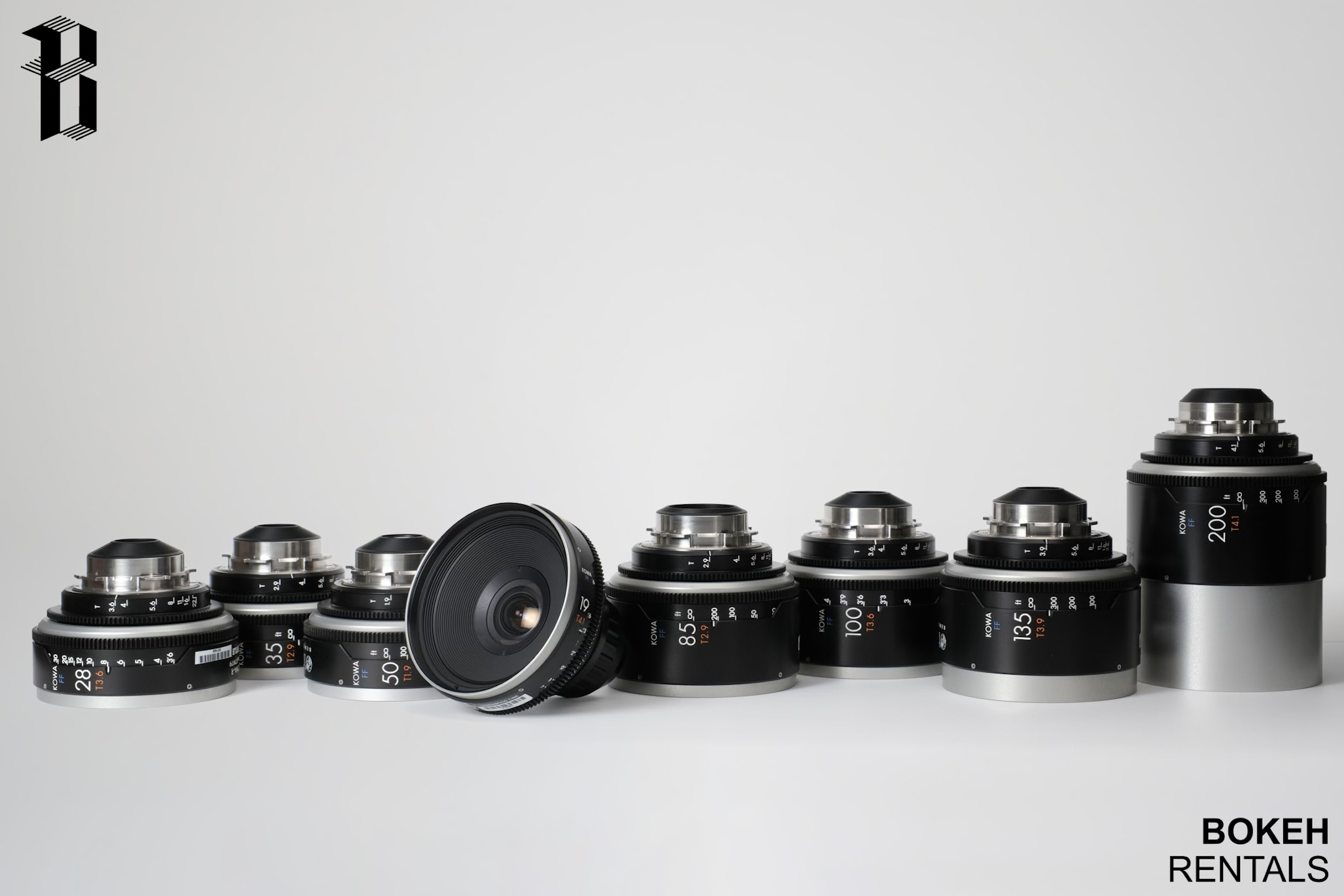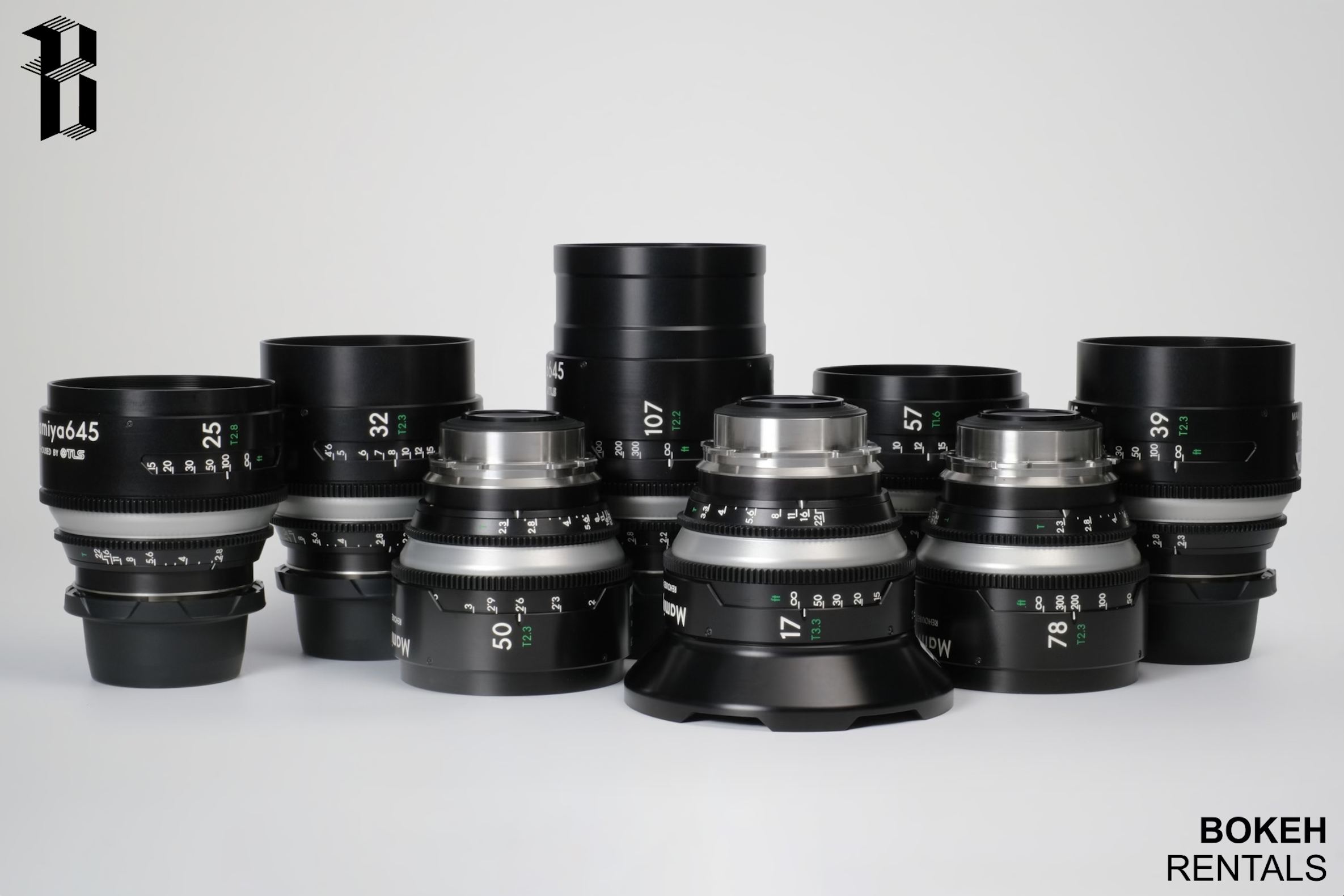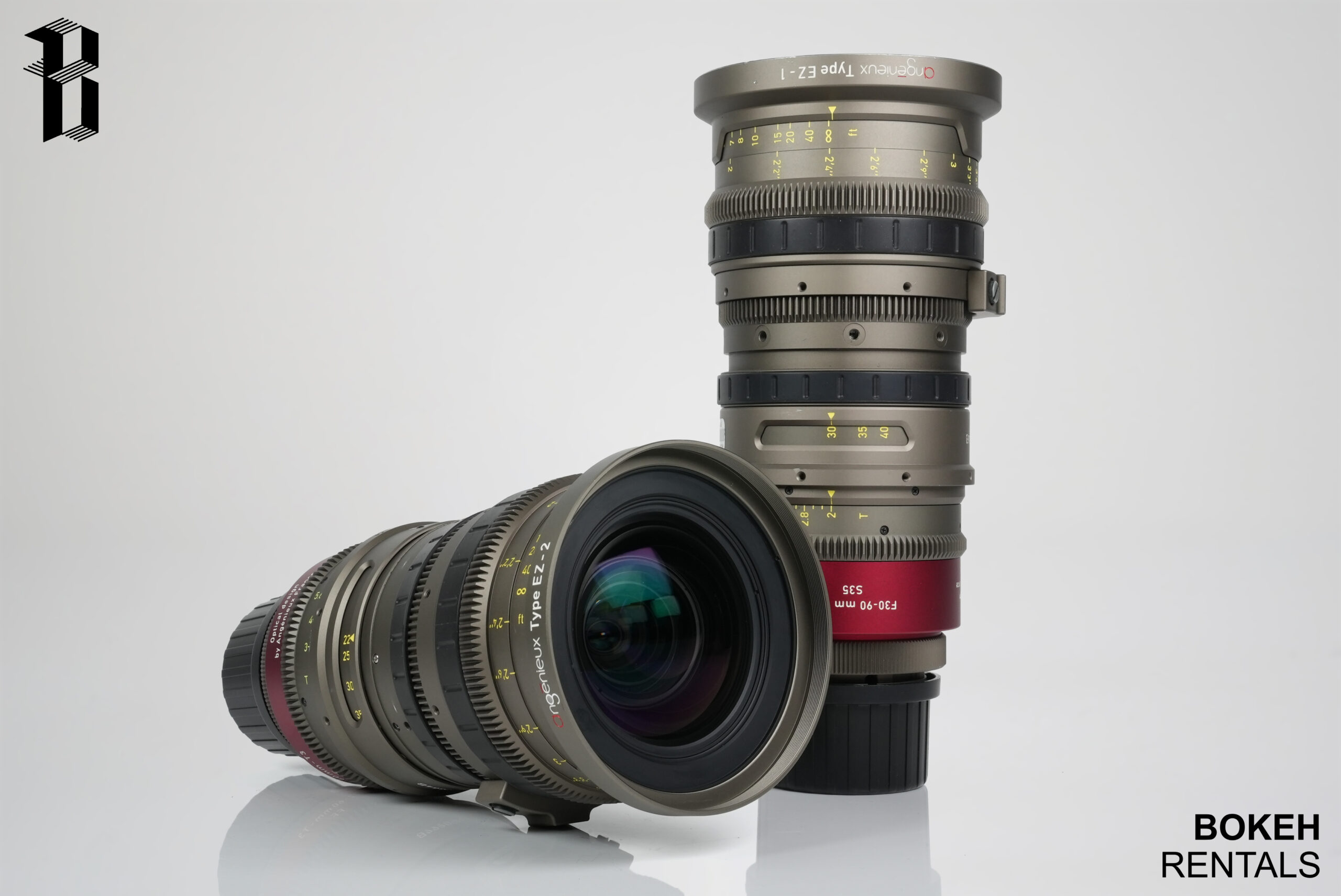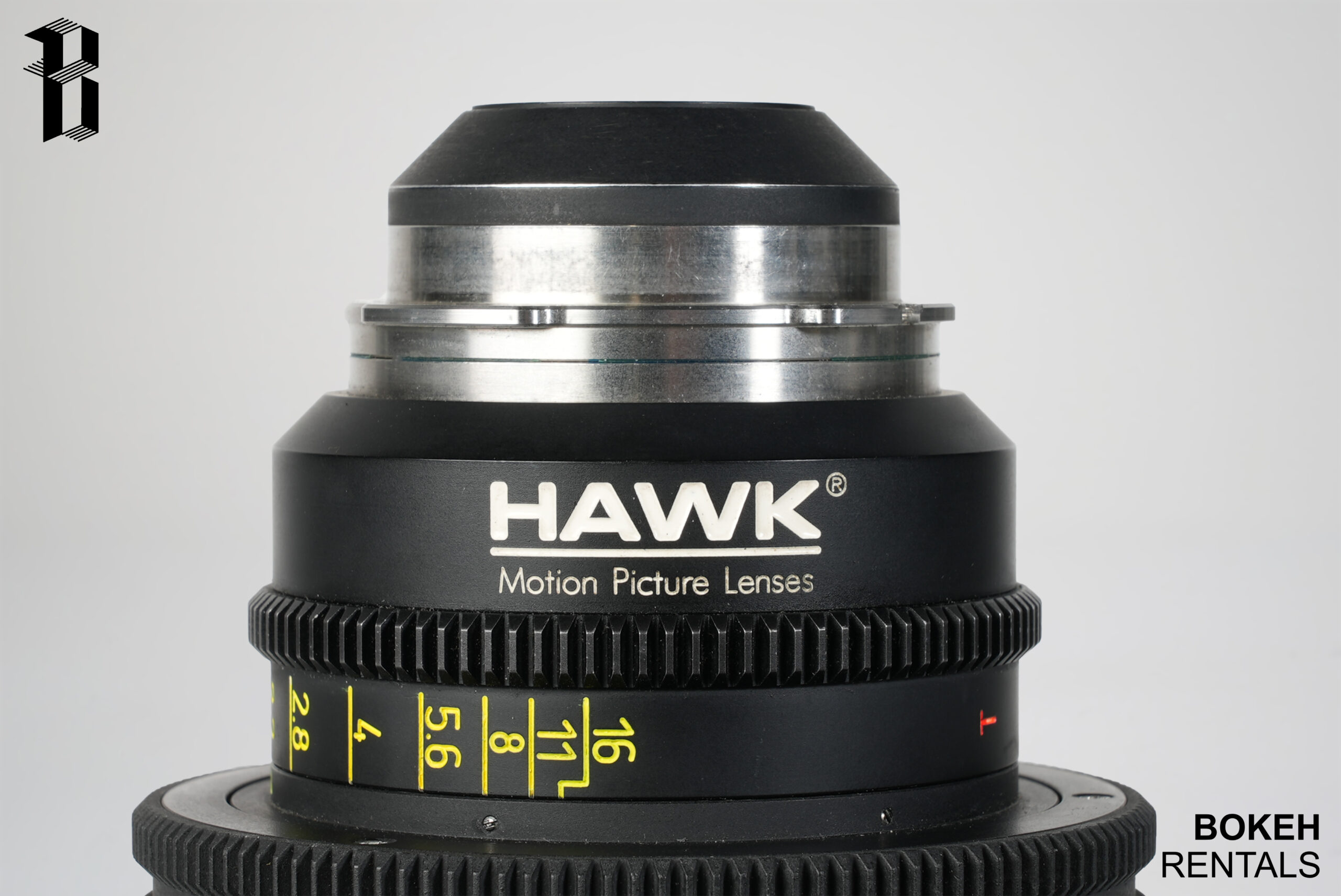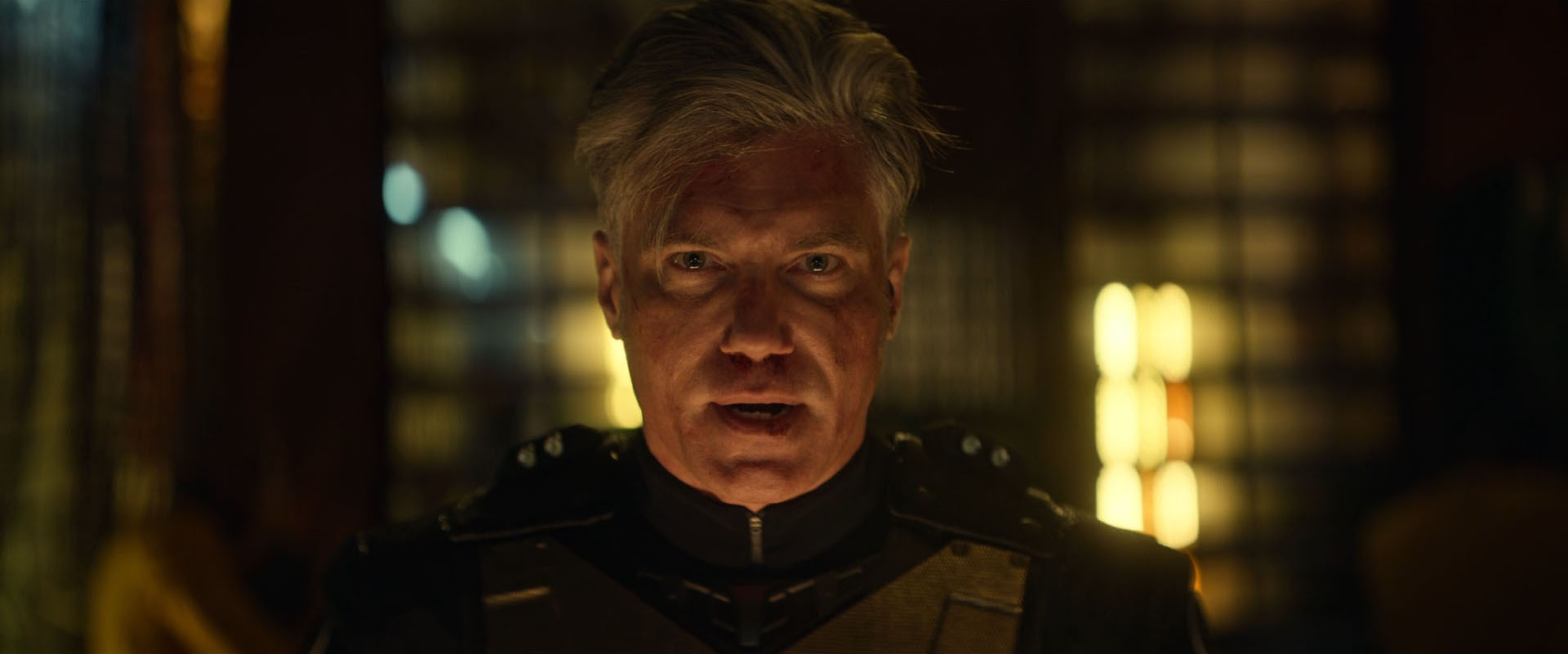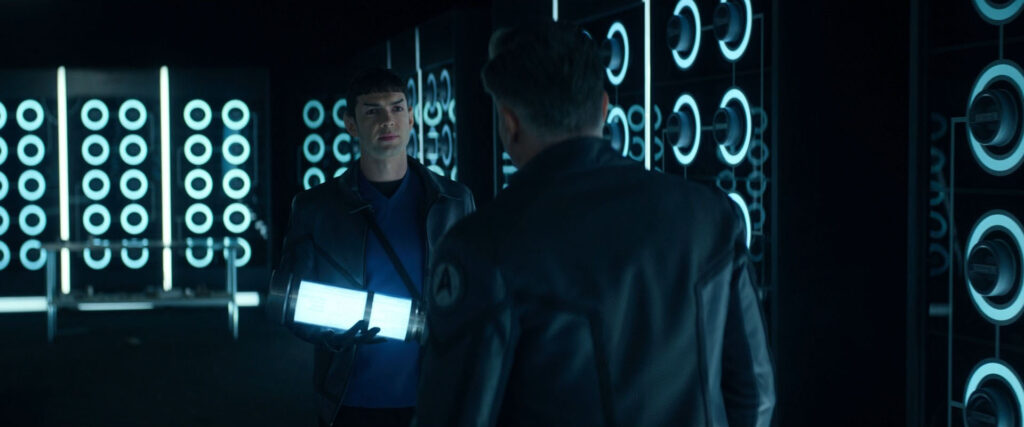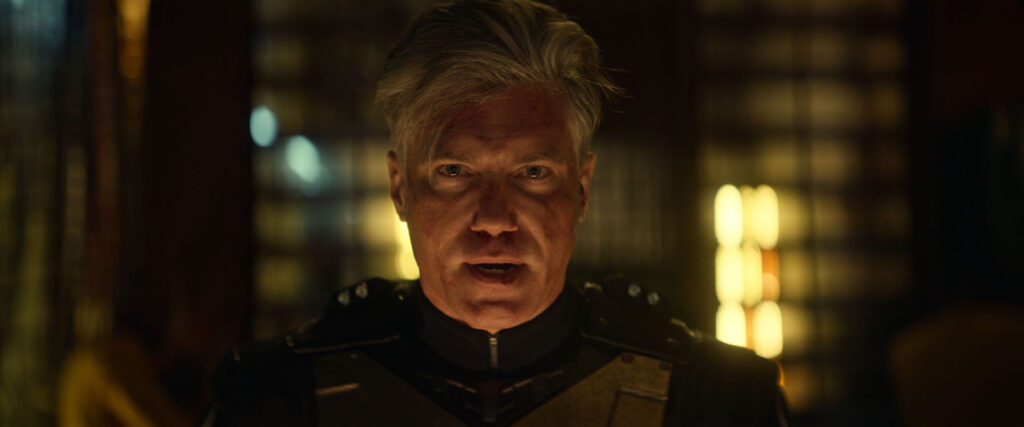INTRODUCTION
As always, Bokeh Rentals has acquired the newest, most exciting vintage glass.
This time, it’s the Canon Rangefinders, an historic series of primes from the mid-twentieth century.
Except now, they’ve been maintained, improved, and optimized for digital filmmaking– leaving us with a set of ten beautiful, low contrast, flattering primes with modern-day filmmaking amenities.
 |
THE HISTORY OF THE RANGEFINDERS
The Canon Rangefinders were built by Canon in the Post-WWII period of optical manufacturing. Bokeh Rentals’ rehoused Rangefinder lenses originate from the 1960s—and their inherent visual characteristics have been trapped in amber and presented to the digital filmmaking world by True Lens Service, a recurring hero in the Bokeh Rentals-verse.
The Canon Rangefinder set was made possible by True Lens Service, a UK-based lens service provider. The company is responsible for all the best vintage lenses on the rental market, such as the hugely popular Canon K35s or the Kowa FF primes.
The limitations of the PL mount kept lens technicians from rehousing the Rangefinders for years. However, the recent development with digital cameras allowed True Lens Service to properly rehouse these vintage Canon Rangefinders.
A VINTAGE REHOUSING
The Canon Rangefinder set was made possible by True Lens Service, a UK-based lens service provider. The company is responsible for all the best vintage lenses on the rental market, such as the hugely popular Canon K35s or the Kowa FF primes.
The limitations of the PL mount kept lens technicians from rehousing the Rangefinders for years. However, the recent development with digital cameras allowed True Lens Service to properly rehouse these vintage Canon Rangefinders.
VINTAGE CHARACTER
As you can see in the above reel, these rehoused primes are sharp in the center with gentle focus falloff to the corners, lending a subliminally vintage look. Skin tones are rendered with a pleasant creaminess, lending human subjects a flattering patina.
Similar to other vintage looks, the Rangefinders have a single layer coating that is responsible for an organically enhanced flare response. These flares are warm in tone, opposed to modern builds that emphasize cooler flares, especially on anamorphic lenses. The Rangefinders’ single-layer coating also produces a low contrast image, reminiscent of vintage imagery.
TECHNICAL CAPABILITIES
The Canon Rangefinders’ original mounts have been replaced with the ultra-modern LPL lens mount, invented by ARRI for digital cinematography. The full lens package has a universal front diameter of 110mm, which means that these on-lens accessories like filters and lens mounts can fit all lenses—cutting out the need for additional rentals.
The Canon Rangefinders have exceptional low light performance. The lenses have T-stops ranging from T0.95 to T3.5, which are fantastic, even compared to the state-of-the-art glass manufactured nowadays.
Also improved in the rehousing are the lenses’ close focuses. Since certain lens elements have been made unnecessary by the LPL mount, lens technicians at TLS and GL Optics were able to improve the lenses’ close focus capabilities. The close focuses for the Rangefinders range from only 10” (19mm) to 3’9” (135mm).
THE BOTTOM LINE
GL Optics has done a fantastic job rehousing a classic vintage series from the world’s most historic optical manufacturer. At a price astoundingly more affordable than other vintage glass, Bokeh Rentals’ 10-lens Rangefinder set is definitely worth a try for organic flares, low contrast warmth, and pleasingly soft subjects.
Check out Bokeh Rentals’ Los Angeles and Las Vegas inventory to secure state-of-the-art glass for your next production!
Considering renting? Why not check out Bokeh Rentals equipment packages!
•Rent The Canon Rangefinder Vintage Primes at Bokeh Rentals
•Rent TLS Canon 50mm “Dream” Rangefinder T0.95 Prime at Bokeh Rentals
•Rent TLS Canon K35 Primes at Bokeh Rentals
Contact us to customize a package to suit your production needs at low price
